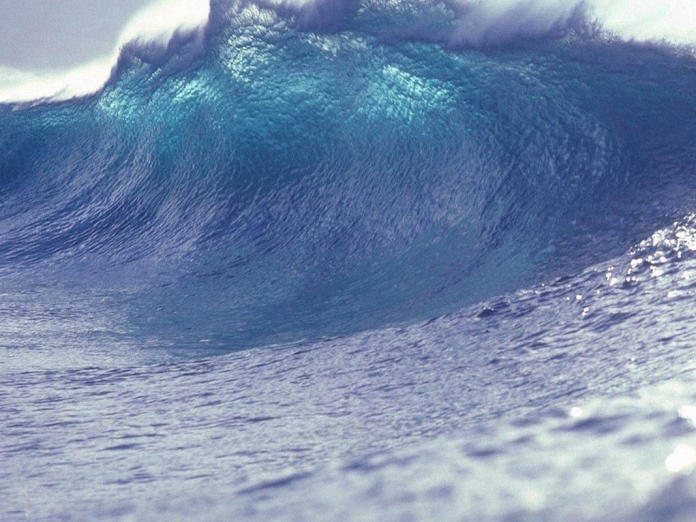The Pacific Rim has had a couple of scares this past month. First, there was the missile alert in Hawaii on January 14, and the tsunami warning that was issued for the Pacific Northwest on January 23. While these incidents had different natures, both ultimately led to the same conclusion. In the event, there was no inbound disaster in either case, but more importantly, these two events revealed a great deal about early warning systems on the West Coast, and their effectiveness.
The people of Hawaii were subjected to a missile attack alert when a state employee pressed the button that said “missile alert” instead of “test missile alert,” according to the Washington Post. Thirty-eight minutes of panic ensued before a message stating that it was a false alarm was issued.
The tsunami warning for the coast of British Columbia was a different beast. In this case, the threat was real. A 7.9 magnitude earthquake occurred off the south coast of Alaska around 2 a.m. on the morning of Jan. 23, creating the possibility of a tsunami that could strike the B.C. Coast within the following three hours. Fortunately, according to geologists cited by CBC News, the fault line shifted in such a way that the ocean water above it was displaced horizontally instead of upward, and therefore no tsunami resulted. Even so, at the time of the alerts, it was considered to be a very likely and imminent threat. Unlike in Hawaii, there was no widespread panic on the B.C. Coast. Depending on the location and specific individual, this was either a good thing, or a bad thing.
In some places, residents passed the test with flying colours, such as at Esquimalt, where residents assembled on high ground in an orderly and timely fashion. Yet there are also accounts of people sleeping through the alarms, only hearing about the earthquake later from relatives who lived far away, calling to check up on them. It is fortunate that there was no real disaster, otherwise it is possible that lives could have been lost. As it is, last month’s events gave us a golden opportunity to test our emergency alert systems, find out what works and what doesn’t, and improve things so that when a genuine emergency arises, people will be adequately alerted.
In Hawaii, where human error was to blame, new safeguards against such errors are being put in place, as well as ready-made procedures for cancelling any false alarms that do occur. These are wise precautions, and it would be a good idea for B.C. to incorporate features like these into future early warning system improvements, if they are not there already. When it comes to the B.C. experience, things are a bit trickier. The goal we want to achieve is warning as many people as possible. Multiple methods of contact are advisable. Sirens, calls on home phones, text messages to cell phones like in Hawaii, and more should be used to make sure that if one method of communication fails to get through, another will. It is also important that sirens should be recognizable. Listening to a video of one such siren in a B.C. town on that night, at times it sounded like a car horn or a loud vacuum cleaner. Perhaps it is a cliché, but in order for there to be no confusion, it is probably best for an emergency alert siren to sound as much like a WWII air raid siren as possible, since anyone will recognize that sound for what it is.
Having said that, one should remember that it is possible to have too much warning. False alarms aside, over time people can be conditioned to assume there is no real threat when a warning comes. When a fire alarm goes off, most people will assume that it is either a drill, or the alarm is going off unnecessarily. While it may get people to evacuate the building, most people will not take it very seriously, even if there is in fact a real fire. Other types of alarms or drills could have a similar effect if used too frequently. A drill once per year at an irregular and unannounced date is probably the best choice for making the public familiar with the alert system and correct procedures, but not so frequently as to risk creating a “cry wolf” effect.
Hopefully, B.C., Hawaii, and other regions will take this example and opportunity to learn, and apply those lessons to an upgraded and more effective emergency warning system. When a real crisis comes knocking, we will be better prepared.


